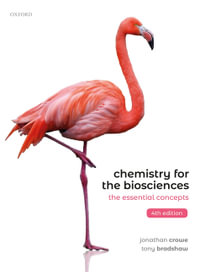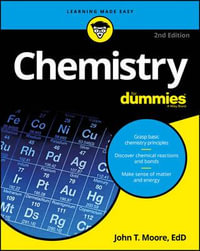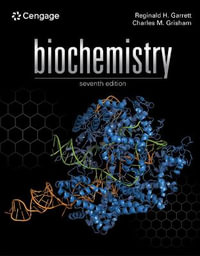
Greene's Protective Groups in Organic Synthesis
By: Peter G. M. Wuts
Hardcover | 3 June 2025 | Edition Number 6
At a Glance
Hardcover
RRP $389.95
$229.95
41%OFF
Available: 3rd June 2025
Preorder. Will ship when available.
DIntegral, reliable, and comprehensive guidance for chemists performing the complex syntheses required for the formation and cleavage of protective groups
Organic synthesis is the preparation and creation of organic compounds for use in natural products, pharmaceuticals, and other molecules. The synthesis of molecules having multiple functional groups often requires the use of “protective groups” to achieve site selectivity in a chemical reaction within a molecule bearing multiple sites of reactivity. Protective groups are installed temporarily to prevent unwanted reactions at a particular site, while transforming a different functional group. Once they have served their function, they are removed to expose the original group. Without a thorough understanding of the methods required to install and remove them, the design of a synthesis of a molecule having multiple functional groups in most cases is effectively impossible.
Greene's Protective Groups in Organic Synthesis, 6th Edition is the definitive compilation of protective groups, their classification, and their application in a wide array of situations. With a long tradition of comprehensive coverage, organized on the basis of the functional group in need of protection and subsequent deprotection, it is an essential reference and resource for all chemists involved in organic syntheses. Now fully updated to reflect the current state of the art, it remains an indispensable resource for generating life-changing organic products. This edition contains a new chapter on how protective groups effect reactivity and selectivity in carbohydrate chemistry.
Readers of the sixth edition of Greene's Protective Groups in Organic Synthesis will also find:
- Methodology for planning selectivity in organic syntheses
- Detailed discussion of all major functional groups including ethers, amides, and phenols
- A discussion of the impact of protective groups on reactivity in carbohydrates
Greene's Protective Groups in Organic Synthesis is ideal for synthetic organic chemists or medicinal chemists in academia, industry—pharmaceuticals, food, agrochemicals, and biotech—or government agencies.
ISBN: 9781394233168
ISBN-10: 1394233167
Available: 3rd June 2025
Format: Hardcover
Language: English
Number of Pages: 1504
Audience: Professional and Scholarly
Publisher: John Wiley & Sons Inc (US)
Country of Publication: GB
Edition Number: 6
Edition Type: Revised
Shipping
| Standard Shipping | Express Shipping | |
|---|---|---|
| Metro postcodes: | $9.99 | $14.95 |
| Regional postcodes: | $9.99 | $14.95 |
| Rural postcodes: | $9.99 | $14.95 |
How to return your order
At Booktopia, we offer hassle-free returns in accordance with our returns policy. If you wish to return an item, please get in touch with Booktopia Customer Care.
Additional postage charges may be applicable.
Defective items
If there is a problem with any of the items received for your order then the Booktopia Customer Care team is ready to assist you.
For more info please visit our Help Centre.























